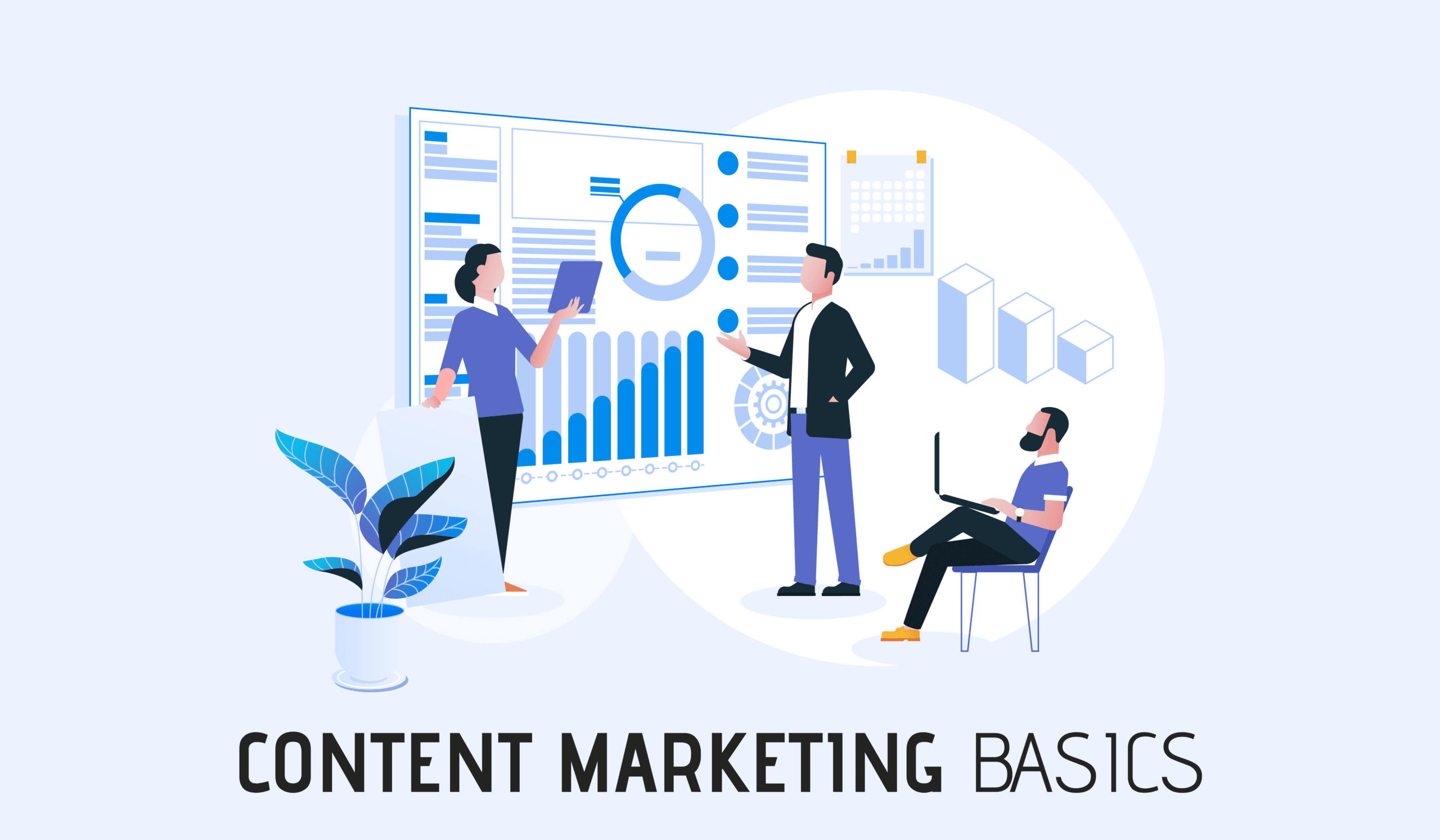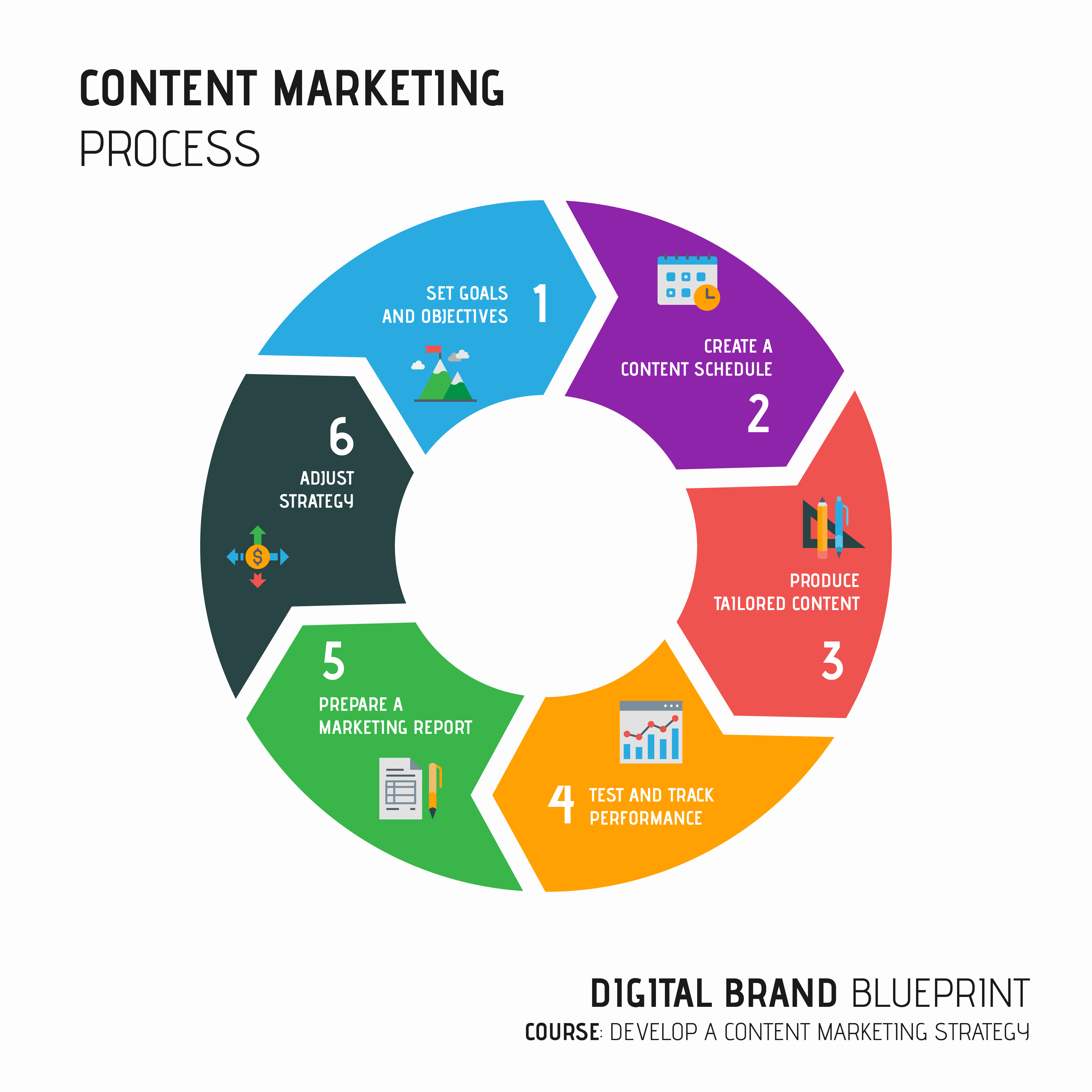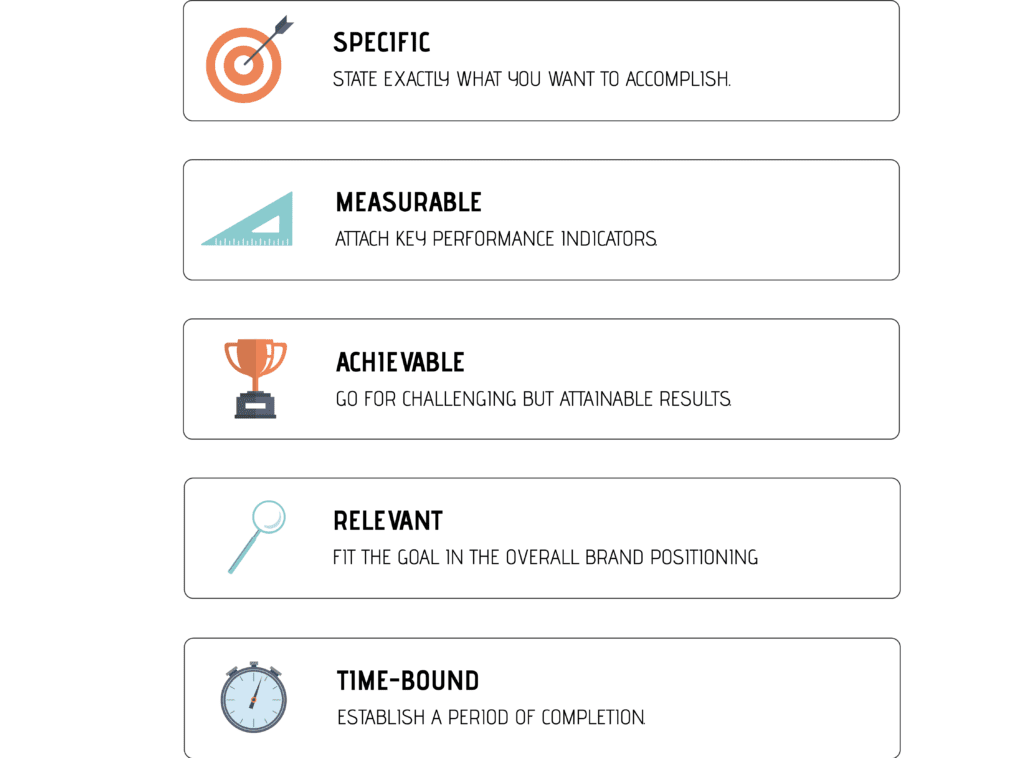With the broad use of technology and the increase of information consumption, we are all familiar with the term content. You can listen to it on your way to work, it is on TV while you’re chilling at home, your friends send it to you, and you’re reading it right now.
It seems like everyone needs to produce content these days, and in a way, it has become the norm for brands, professionals, and even regular people.
Our minds have become trained to notice when the content quality is good, and when certain things are not good, they don’t make sense, or they are not executed well.
So what are the brands with great content doing right? What makes content satisfactory for the consumer?


Defining Content Marketing
Exceptional content is always supported by a well thought out strategy. It’s highly unlikely (yet, not impossible) for something random to magically attract the attention of a big crowd. So let’s talk about it.
Content strategy vs. Content marketing
The content strategy of a brand is the strategic planning of content management and distribution, as part of the overall branding strategy.
Content marketing, on the other hand, is the exact way that content will be tailored for the goal to attract and appeal to the target audience.
For example, the content strategy defines how much content will be produced during a given period, on which distribution channels, and how the assets will be managed. The content marketing plan will determine the “hook” that will attract consumers and how to retain their attention.
Who needs content marketing?
Any individual, company or another type of organization need content marketing to support their purpose and help deliver their message to a target audience. Consumers have come to expect regular updates, news, and information from the individuals and brands that they interact with.
That means that content plays a significant role in every business, brand or organization, and it is a powerful tool that can be used to increase reach and brand awareness.
Why is content marketing important for your business?
A content marketing strategy makes it easy for a business to stay organized, and to deliver their brand message by using the right marketing channels. It sets the direction in which the brand will move, in order to improve the long-term positioning and credibility of the brand.
The strategy is used as a road-map in a way, not only for the brand but for the consumer journey as well. A good content strategy should outline the goals of your content and the desired goals for the consumer.
Content strategy vs. Brand strategy
The content strategy is a part of the overall brand strategy, which describes how the brand purpose will be presented through the creation of content. A brand strategy includes other elements such as brand identity elements, brand mission, social standing, and so on.
A good content strategy should showcase the brand qualities and represent the brand in a positive light to its target audience. Think of the brand strategy as a game plan, which makes the content strategy is a vital play for the team.
How to create a content marketing strategy
Each brand may have a different process for creating and executing its content marketing strategy, but they all run along the same lines.
There are 6 key steps that play a role in the content strategy, and we will go through them all as a part of this course.


1. Set goals and objectives
Goal setting is essential because it will help you stay consistent with the content you produce, track your performance, and understand your target audience better.
Things to have in mind with your content marketing goals:
- Who are you creating content for?
- What kind of value does your content offer?
- How do your brand goals align with your audience’s goals?
The SMART Goals Framweork
.A popular practice for setting goals is by using the SMART framework, which means that each goal should be specific, measurable, attainable, relevant, and time-bound.

Don’t be vague with the set-up, create specific goals that will be easy to track and measure as time goes by.
Related: How To Align Your Brand Goals To Audience Goals
2. Create a content schedule
A content calendar can help you stay organized and consistent with the content you post. You can plan for content based on your content marketing goals.
It makes it easier for you as an individual or a team to keep track of everything that you need to create, as well as when and where it should go out.


What to include in your content marketing calendar:
- Upcoming website content
- Upcoming social media posts
- Important community or industry events
- Relevant holidays and seasonal celebrations
- Promotional and other brand campaigns
Make sure to set the times and dates of your post along with the channels and platforms that you’ll be posting on.
3. Use tools and resources to create tailored content
A lot goes into publishing content on a consistent basis. You can use the right tools and skills to produce the content you planned in the previous steps.
Here are some tips that can make creating content for your strategy easier:
- Create with your target audience first in mind
- Organize all your brand assets in a library
- Re-purpose the same content for different platforms
- Make sure you r content is optimized
This is the part that requires the most work, and it can be quite time-consuming. However, creating high-quality content is crucial for your content strategy to work.
Related: 50+ Tools and Resources To Help You Create
4. Test and track performance
Once you start publishing the pieces you’ve created, it’s time to run tests on the effectiveness of single posts and the overall performance of the content marketing strategy as well.


1)Define the metrics that are important for you to keep an eye on in each area of consumer interaction. This will keep your team focused on the right things and moving in the right direction.
2)Experiment with your content. Don’t be afraid to think out of the box with your content to find a way to speak to both groups. Experiment with different types of content and find what works best for your brand and audience.
3)Track performance data and analytics. One of the upsides of producing a large amount of content is that you consequently collect large amounts of data. Don’t let that go to waste.
Tracking the performance will tell you many things about what works, what people think about your brand and what doesn’t appeal to them.
5. Prepare a marketing report
After a set period of time has passed and you’ve collected enough data through tests and content tracking, you should create a report on key findings and the overall success of the strategy.
Go back to the original goals of your strategy and compare your results.
- What are the key learnings and takeaways from the data?
- How does that reflect on your goals?
- What worked and what didn’t? Why?
6. Adjust your strategy
After everything is done, you can move on to evaluate everything and to map out the future directions of your content marketing efforts.


You can do this on your own terms, but here are 5 directions that you can think about:
- What content should you stop creating? This is the type of content that does not support your vision or your business goals. If it doesn’t serve the purpose of your strategy, then you should completely cut it off.
- What type of content do you need less of? This is the type of content that is not completely unnecessary, but it does not serve a big purpose in the overall ecosystem. You should create less content from this type.
- What type of content should you continue creating? Something that works well and is in alignment with your vision is always welcome. This is the type of content that you need to continue investing in or even go further with.
- What type of content do you need more of? Is there content that you’re creating, but you’ve underestimated its performance until now? This is the type of content that you should create more of.
- What should you start creating? Throughout the process of measuring your strategy performance, new opportunities reveal themselves. These are the things that you haven’t explored yet, and it’s time to do so now.
What to do next?
Your ultimate goals should be to create content that will help you connect with your people, give them more than expected, and leave them feeling good about life.
If you need more help with your content marketing strategy you can check out my article on Essential Content Marketing Tips For 2020.
Share this with your friends ?
